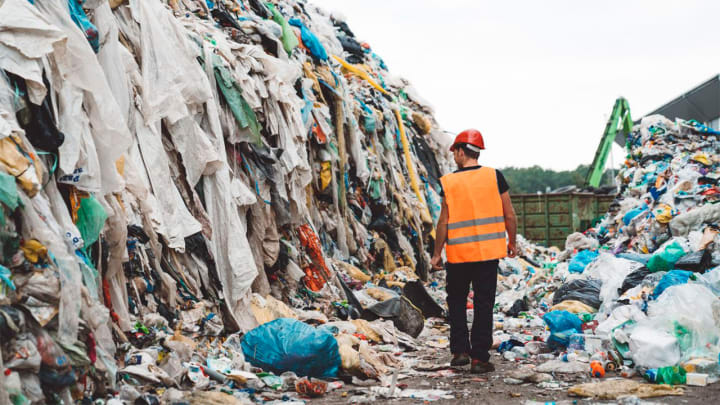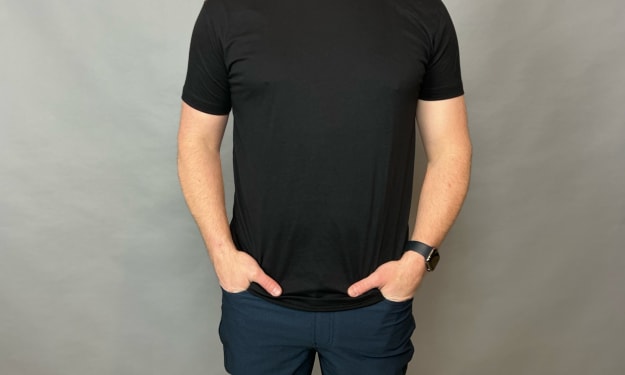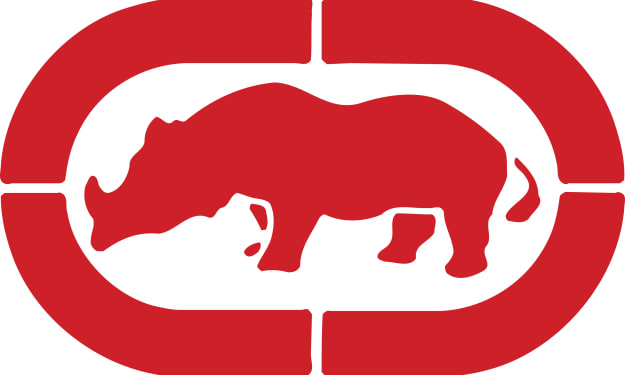What Is Fast Fashion? And Why Does Everyone Hate It?
Well maybe not everyone, but for those who are concerned about the environment and sustainability, fast fashion is a serious issue!

So What The F* Is Fast Fashion?
Fast fashion is a term used to describe the practice of rapid and mass production of clothing to meet current fashion trends. The fast fashion industry offers clothing at affordable prices and produces large quantities of clothing to meet market demand.
However, this practice often has negative impacts on the environment and society, such as using unqualified and non-decomposable materials, mistreating workers, and generating a lot of clothing waste.
Therefore, fast fashion is often criticized for being irresponsible and not paying attention to the environmental and social impacts of its production practices.
Characteristics Of Fast Fashion

The fast fashion industry has characteristics that are easily distinguishable from other fashion industries. Some of them are:
- Mass production: Fast fashion produces clothes in large quantities and quickly to meet current fashion trends.
- Affordable prices: Fast fashion offers clothes at affordable prices, making them accessible to many people.
- Ever-changing fashion: Fast fashion keeps up with the latest fashion trends and produces clothes accordingly.
- Low quality: Fast fashion prioritizes production in large quantities and at affordable prices, so the quality of the clothes is often low.
- Poor quality materials: Fast fashion often uses cheap, low-quality materials, such as polyester or acrylic, which cannot be decomposed and have a negative impact on the environment.
- Irresponsible factories: Fast fashion often uses irresponsible factories and mistreats workers, worsening the environmental and social situation.
- Huge waste: Fast fashion produces a lot of waste and unused clothes, as they are always producing new clothes to keep up with current fashion trends.
History Of Fast Fashion

Before the Industrial Revolution and the invention of the sewing machine, fashion development was slow. People made their own clothes and repaired them if needed. Clothes were often tailored to the individual and designed to last a lifetime. Then, people slowly switched to wearing clothes for style and not for practical features like durability.
The history of fast fashion can be traced back to the 1990s when some retail companies began to adapt their business models to meet the changing demands of consumers who demanded affordable clothing. These companies started to produce clothing quickly and inexpensively, making it available to consumers at very low prices.
Negative Impacts Of The Fast Fashion Industry

- Environment: The production process of fast fashion consumes a lot of natural resources and emits a lot of greenhouse gases, causing global warming and environmental damage. Fast fashion also generates a lot of unused and difficult-to-decompose clothing waste, exacerbating the waste problem.
- Social: The fast fashion industry often mistreats workers and employs them in unsafe and unfair working environments. Fast fashion factories are often located in developing countries, where rules and regulations are poor, leaving workers without proper rights and protections.
- Economy: The fast fashion industry affects the economy by reducing the number of jobs and selling poor-quality products, making people dependent on products that are always changing and require repeat purchases.
- Health: The materials used in fast fashion are often of poor quality and contain chemicals that are harmful to health, such as dyes and smoothing agents.
These are just some of the many negative impacts of the fast fashion industry. Therefore, it is important to reduce reliance on fast fashion and pay attention to the environmental and social impacts of clothing production practices.
What Can We Do To Reduce The Environmental Impact Caused By The Fast Fashion Industry?

- Buy high-quality clothes: Buying high-quality, long-lasting clothes can help minimize the number of clothes you have to throw away and extend their lifespan.
- Choose responsible brands: Choosing brands that prioritize responsible production practices, such as using eco-friendly materials and treating workers well, can help minimize the negative impact of fast fashion on the environment.
- Use clothes you already own: Starting a minimalist lifestyle and keeping the clothes you already own can help minimize the number of clothes you have to throw away and extend their lifespan.
- Use second-hand clothes: Buying second-hand clothes or from second-hand clothing stores can help minimize the number of new clothes that have to be produced and help reduce clothing waste.
- Voice your opinion: Speaking out, influencing policymakers and the fashion industry to take responsibility and prioritize environmentally friendly production practices can help accelerate change in the fast fashion industry.
These are just some of the things that can be done to reduce the environmental impact caused by the fast fashion industry. Everyone can play an important role in improving the situation and accelerating change in the fashion industry.
Related Article: Rana Plaza Tragedy, An Irony Of The Fashion Industry That Should Never Happen Again
What Can The Fast Fashion Industry Do To Reduce The Environmental Impact Of Their Business?

Some fast fashion companies and brands are taking action to reduce the environmental impact of their business. Here are some of the initiatives taken by the fast fashion industry:
- Use of eco-friendly materials: Some fast fashion companies have started using eco-friendly materials such as renewable materials and recyclable materials.
- Improved energy efficiency: Some fast fashion companies have started to improve energy efficiency in the production process and minimize greenhouse gas emissions.
- Waste reduction programs: Some fast fashion companies started waste reduction programs to minimize the amount of unused clothing waste.
- Fair treatment of workers: Some fast fashion companies are starting to treat workers more fairly and provide them with a better working environment and proper rights.
These are just some of the many initiatives taken by the fast fashion industry to reduce environmental impact. However, there are still many companies that have yet to take significant action and improve their production practices. Therefore, there is still a lot of work to be done to reduce the adverse impacts of the fast fashion industry.
Conclusion
In the long run, fast fashion can affect environmental stability and reduce the quality of life for future generations. The consequences of a fast fashion lifestyle include environmental degradation, ecosystem damage, and natural resource scarcity.
To reduce the negative impact of fast fashion, you can consider purchasing high-quality clothing that can last a long time and choose fashion brands that prioritize responsible production practices.
In addition, embarking on a minimalist lifestyle and keeping the clothes you already own can help minimize the negative environmental impact of fast fashion.
Source Reference:
- “Industrial Revolution | Definition, History, Dates, Summary, and Facts.” Encyclopedia Britannica, 15 May 2023, www.britannica.com/event/Industrial-Revolution/The-first-Industrial-Revolution.
- Tezar, Arbiyan. “Apa Itu Fast Fashion? Apa Dampak Yang Ditimbulkan?” Ozza Konveksi Jogja, Apr. 2023, ozzakonveksi.com/apa-itu-fast-fashion-apa-dampak-yang-ditimbulkan.
About the Creator
Brian Fulan
Just random people on the Internet who love to playing games and reading books.






Comments
There are no comments for this story
Be the first to respond and start the conversation.